Culture in Latvia
Discover the rich culture of Latvia
Latvian culture is a fascinating blend of ancient traditions and modern influences, which is reflected in its diverse cuisine, lively festivals and deeply rooted customs. Latvian cuisine is characterised by local and seasonal products. Its rustic, hearty dishes emphasise the country's connection to its rural past.
Festivals such as Jāņi and Mārtiņdiena are not only celebrations of the year, but also an expression of Latvian identity. Music, dance and family gatherings play a central role.
These elements combine to create a rich cultural landscape that emphasises Latvia's history, its values and the deep connection of its people with nature and its cycles.
Latvian cuisine
Die lettische Küche besticht durch ihre Einfachheit und Rustikalität, mit einem Fokus auf saisonalen und lokalen Zutaten. Geprägt von Milchprodukten, herzhaften Eintöpfen und dunklem Roggenbrot, spiegelt sie sowohl regionale Einflüsse als auch traditionelle Konservierungsmethoden wider. Sie ist tief in der ländlichen Kultur verwurzelt.
5 typical dishes from Latvia
These dishes reflect the rustic and hearty nature of Latvian cuisine, which is strongly characterised by local ingredients and seasonal produce.
1. Piragi

Piragi (also known as speķrauši) are a culinary symbol of Latvian cuisine. The crescent-shaped dumplings are popular for their savoury filling of diced bacon and onions and their delicate pastry coating.
They are an integral part of Latvian festivities and are often served as a snack or side dish. Their unique flavour and convenient size make piragi a popular dish throughout Latvia.
2. Skābputra

Skābputra is a traditional Latvian sour milk soup and a typical summer dish. It is made from a base of diluted sour milk, mixed with flour and sometimes eggs. The slightly sour flavour offers an unusual taste experience when you try it for the first time.
Skābputra is particularly popular in rural areas of Latvia. Its cool, creamy texture makes the soup an ideal dish for warm days.
3. Jāņu siers
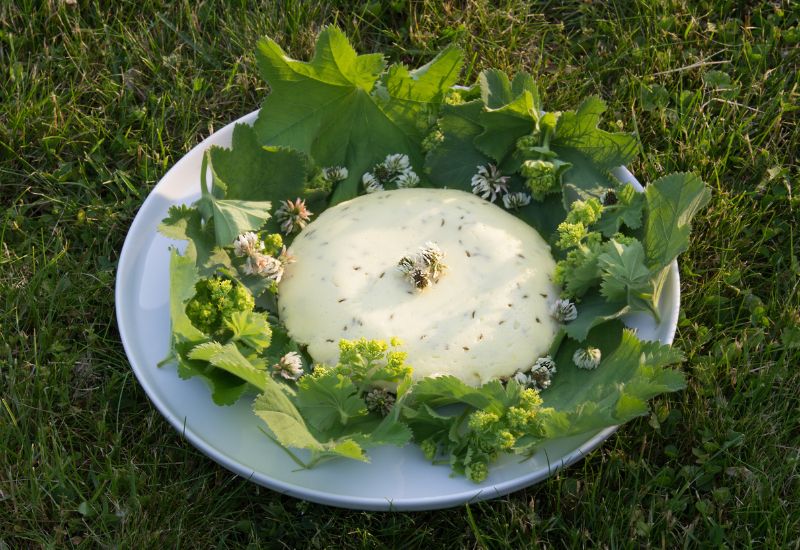
Jāņu siers, auch als Johanniskäse bekannt, ist ein wesentlicher Bestandteil der lettischen Mittsommerfestlichkeiten. Dieser traditionelle, hausgemachte Käse wird aus Quark hergestellt und typischerweise mit Kümmel für ein unverwechselbares Aroma gewürzt. Er zeichnet sich durch seine feste, doch zugleich zarte Textur aus. Jāņu siers symbolisiert die Feier des Lebens und der Natur während des lettischen Jāņi-Festes.
4. Sklandrausis
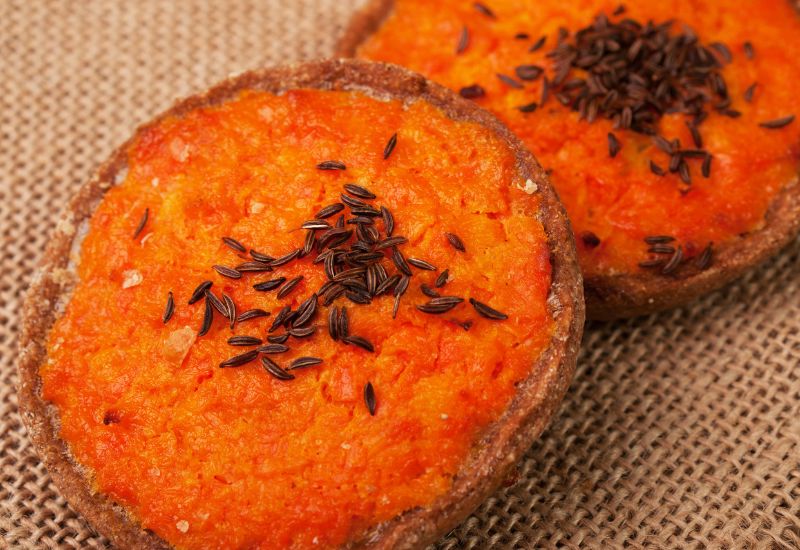
Sklandrausis is a Latvian dessert that is often enjoyed as a dessert or snack. It is a tart traditionally baked with a sweet filling of carrots and turnips on a rye flour base. This combination gives it a unique, sweet flavour.
5. Kartupeļu Pankūkas
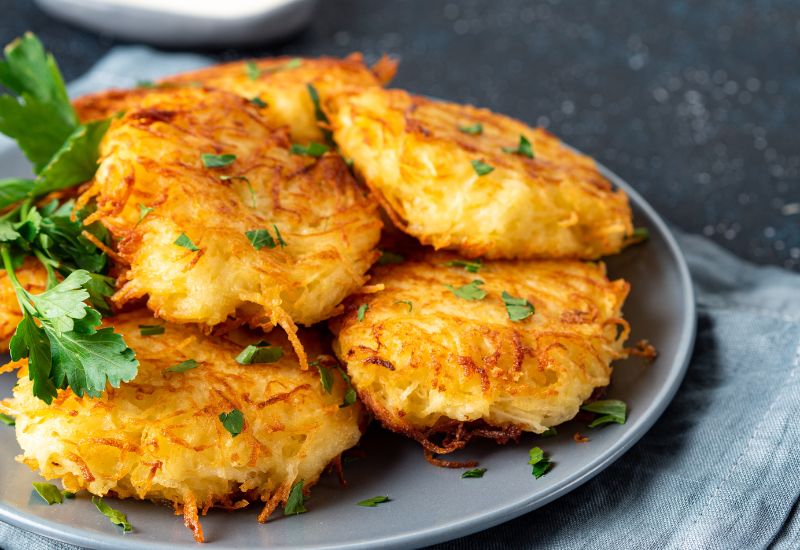
Latvian potato pancakes Kartupeļu Pankūkas are a popular and versatile dish. They are made from grated potatoes, onions, eggs and flour, formed into thin pancakes and fried until crispy. The pancakes are often served with sour cream or bacon.
Drinks
The drinking culture in Latvia is diverse and includes both alcoholic and non-alcoholic drinks. It is characterised by a mixture of traditional and modern elements, with local products and ingredients playing a particularly important role.
Fruit and berry drinks
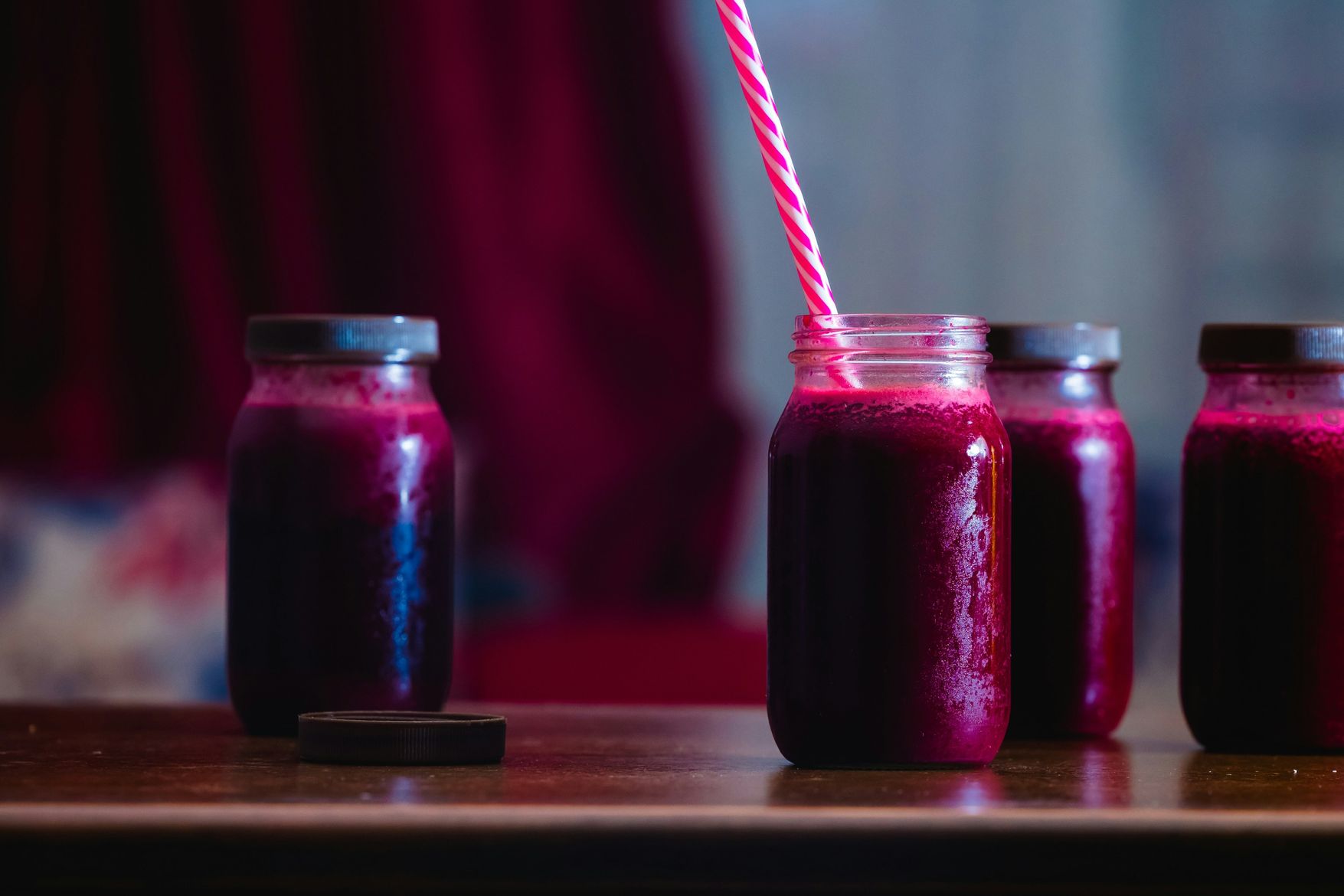
Latvian fruit and berry drinks reflect the rich nature of the country. Made from local fruits such as redcurrants, blueberries and cranberries, they offer a refreshing variety. They are popular with young and old as sweet juices, concentrated syrups or even slightly fermented. They are a particular delight in summer and reflect Latvia's appreciation of natural, home-made products.
Birch sap

Birch sap is a traditional Latvian drink made by tapping birch trees in spring. The result is a clear, slightly sweet natural drink. It is not only known for its refreshing flavour, but is also said to have health benefits.
In Latvia, birch sap is often enjoyed on its own or used to make syrup. It also symbolises the awakening of nature in spring.
Rīgas Melnais balzams
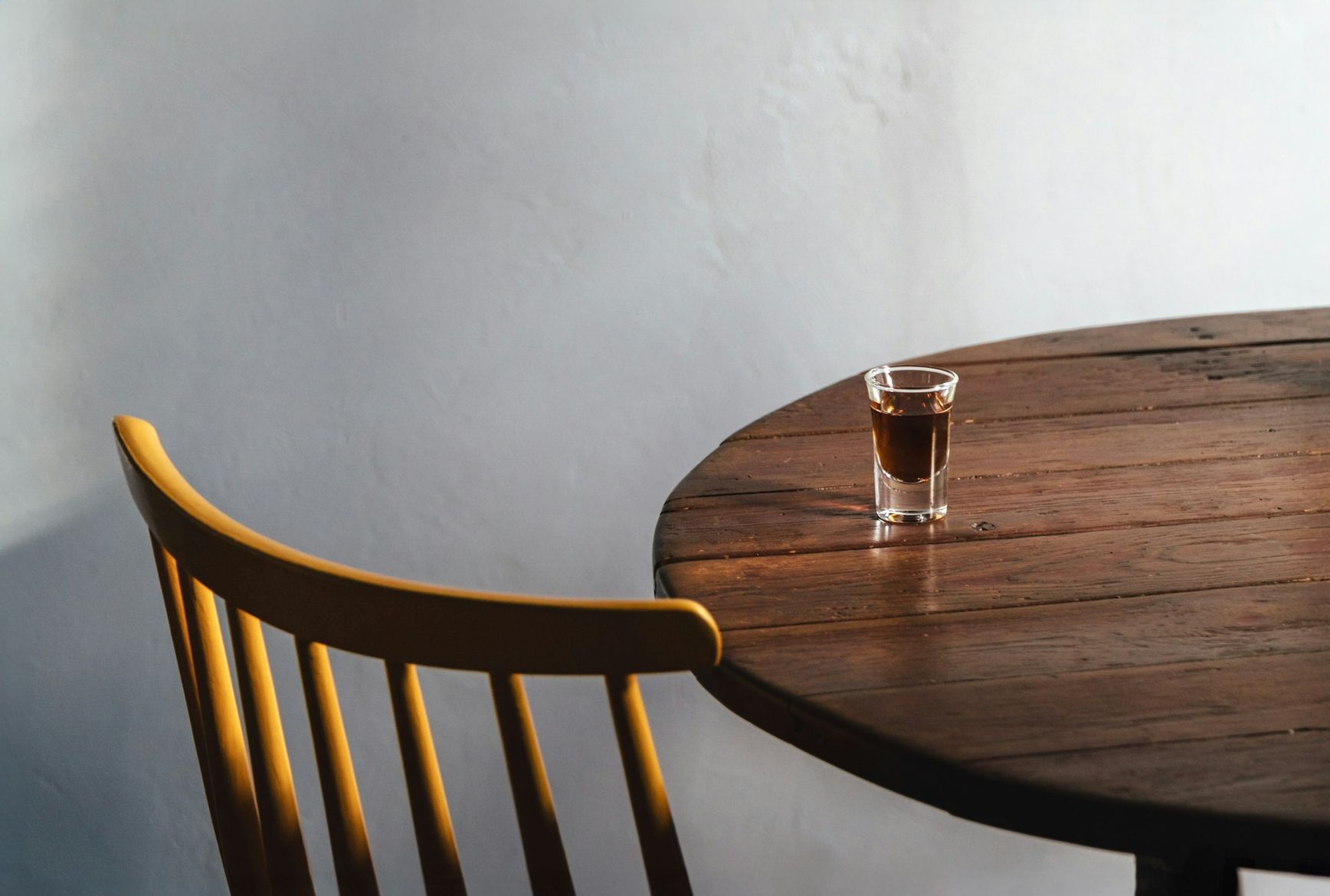
Rīgas Melnais balzams is a Latvian herbal bitter known for its complex, intense flavour. The dark, almost black drink is made from a variety of herbs, roots, berries and honey. It was traditionally used as a digestif or remedy.
Even today, Rīgas Melnais balzams is still an integral part of Latvian drinking culture. It can be enjoyed neat or served in cocktails or as part of warm drinks.
Traditional festivals and customs
Latvian festivals are characterised by a close connection to nature and the seasons. As Latvia is predominantly Christian, many festivals are based on the holidays of the Christian calendar.
Jāņi / Līgo
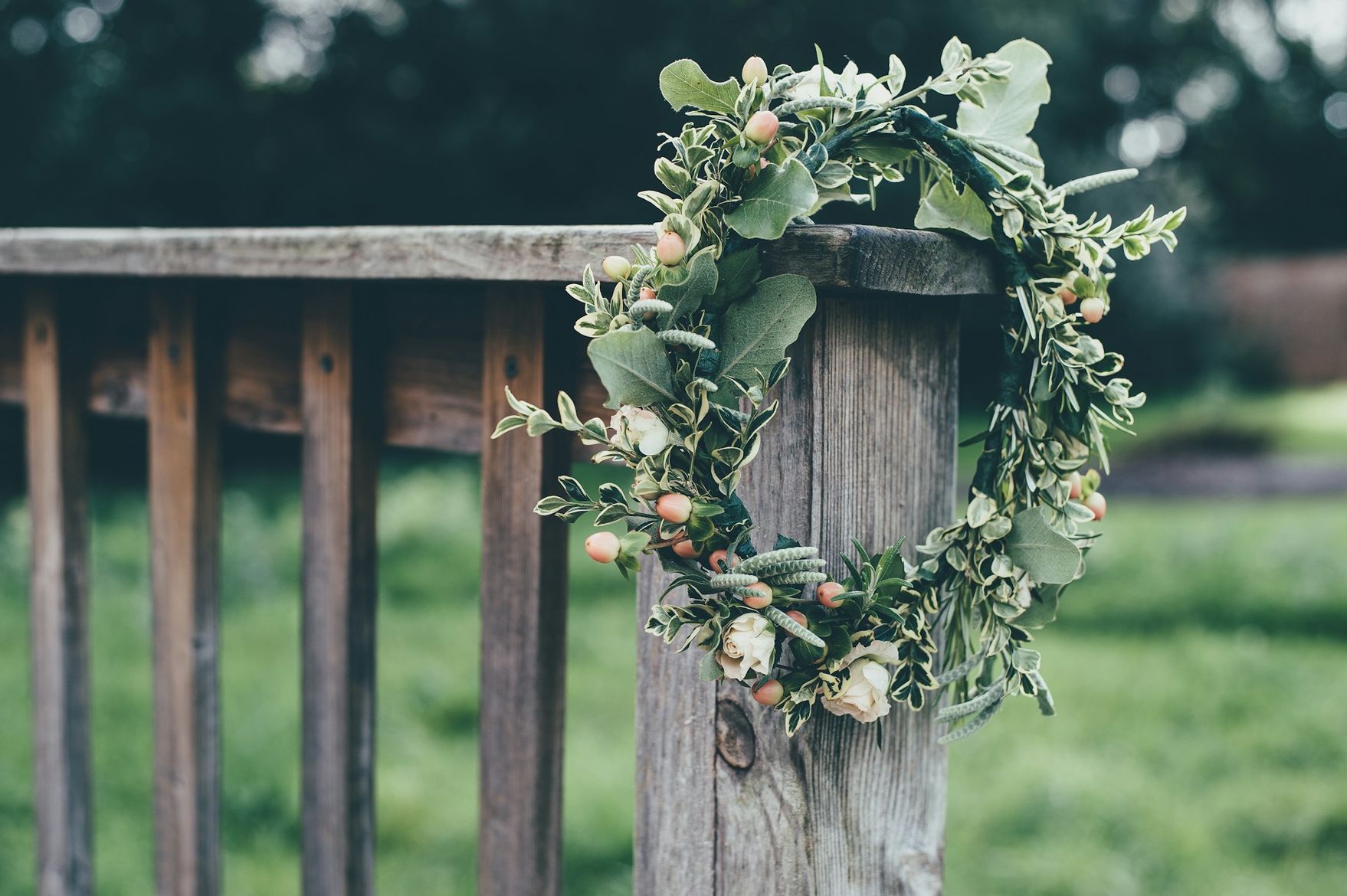
The Midsummer Festival, also known as Jāņi (St John's Day), is one of the most important and joyful festivals in Latvia. Jāņi is celebrated on 24 June to honour the summer solstice. The festivities begin the day before, which is known as Līgo.
Customs on Jāņi and Līgo include wearing flower wreaths, singing traditional songs, jumping over fires and searching for the magical "fern blossom" at night. Jāņu siers cheese is a traditional dish for the midsummer festivities.
Mārtiņdiena
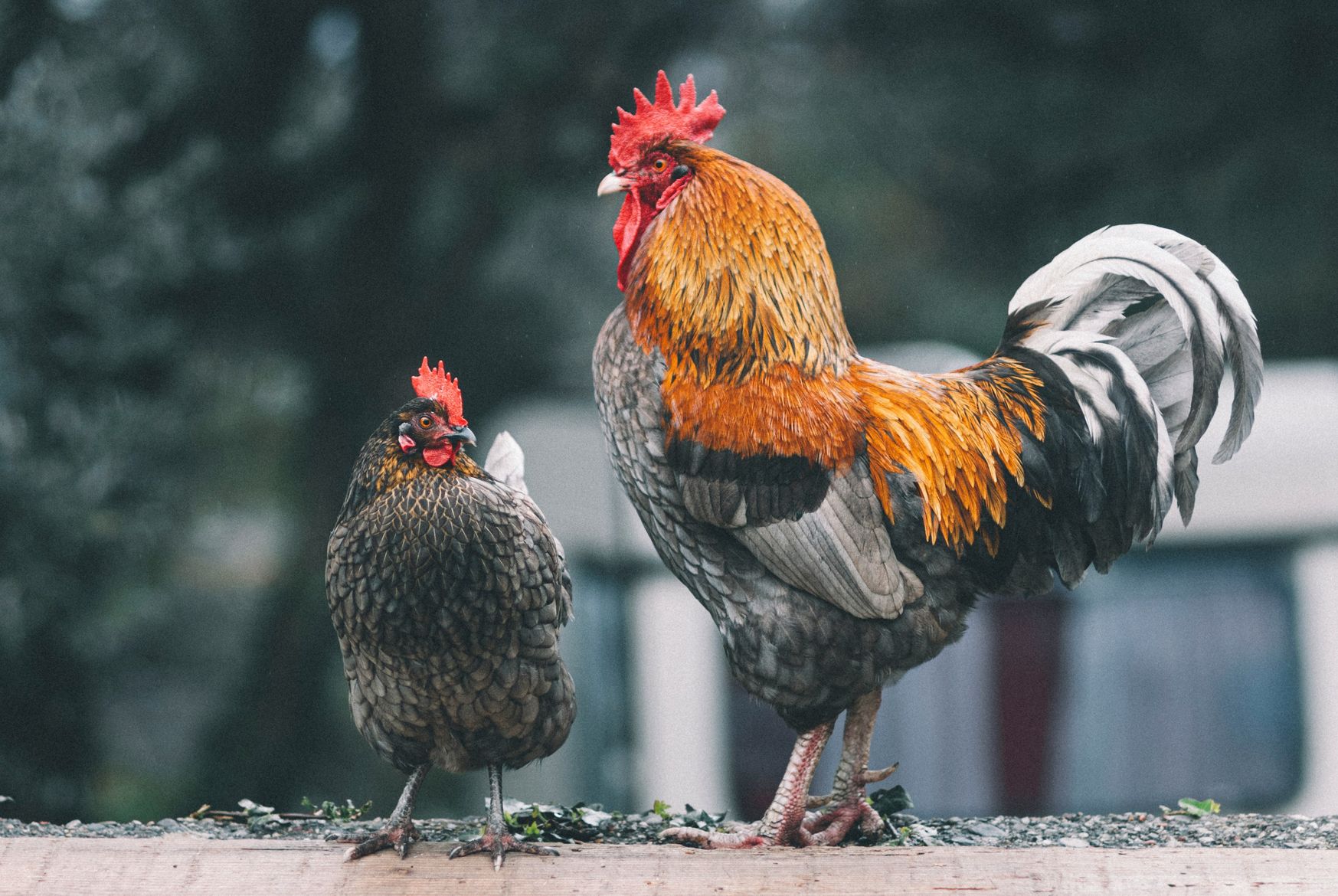
Mārtiņdiena is celebrated on 10 November and marks the beginning of winter. The holiday is comparable to St Martin's Day celebrated in Germany, although in Latvia the focus is on welcoming winter on this day.
On the evening before Mārtiņdiena, a rooster is traditionally slaughtered to symbolise the end of agricultural work and the beginning of winter. The meat of the rooster is then often prepared and eaten as part of the festive meals on St Martin's Day itself.
Gather new impressions in Latvia
Latvia's culture reflects the beauty and depth of a country that upholds its traditions while embracing modern influences. The vibrant mix of delicious cuisine, colourful festivals and timeless customs underlines the uniqueness of Latvia and its irresistible appeal that fascinates visitors and locals alike.
Are you ready to gain new cultural impressions in Latvia?
Here you can find out more about toll regulations in Latvia so that you can travel around the country stress-free.
